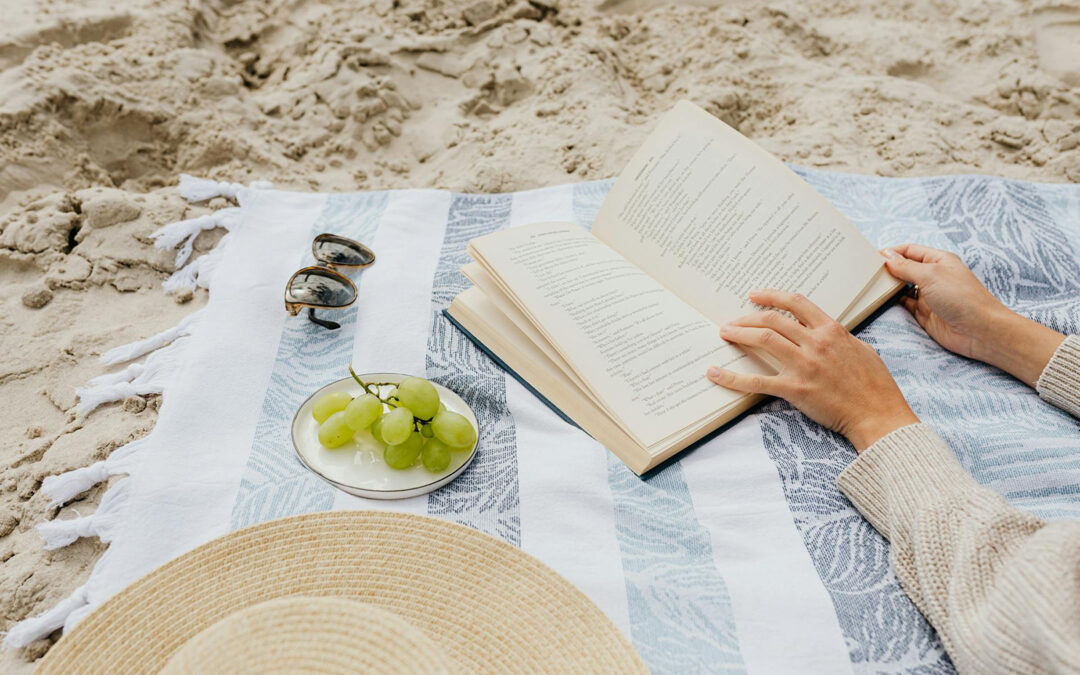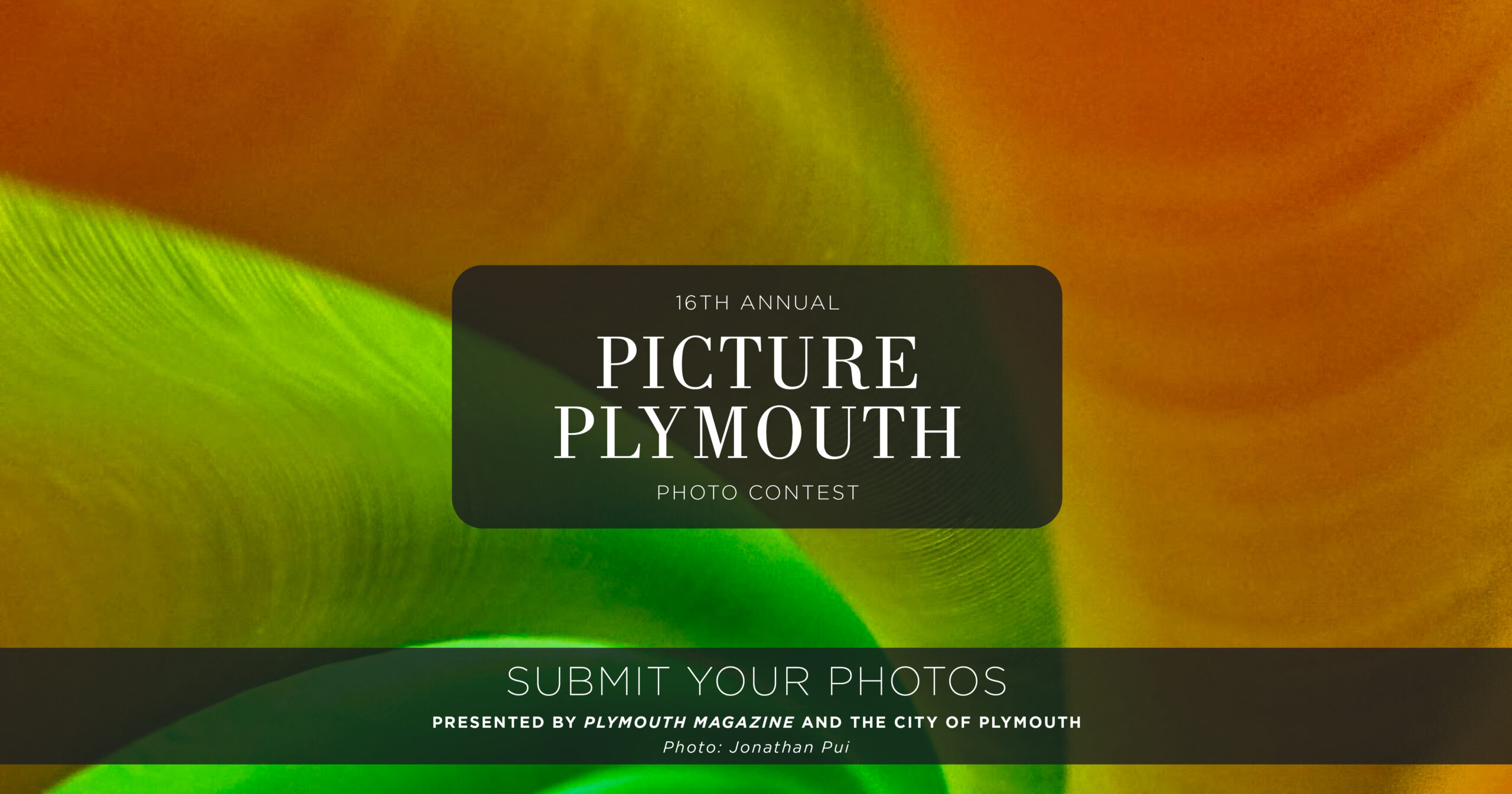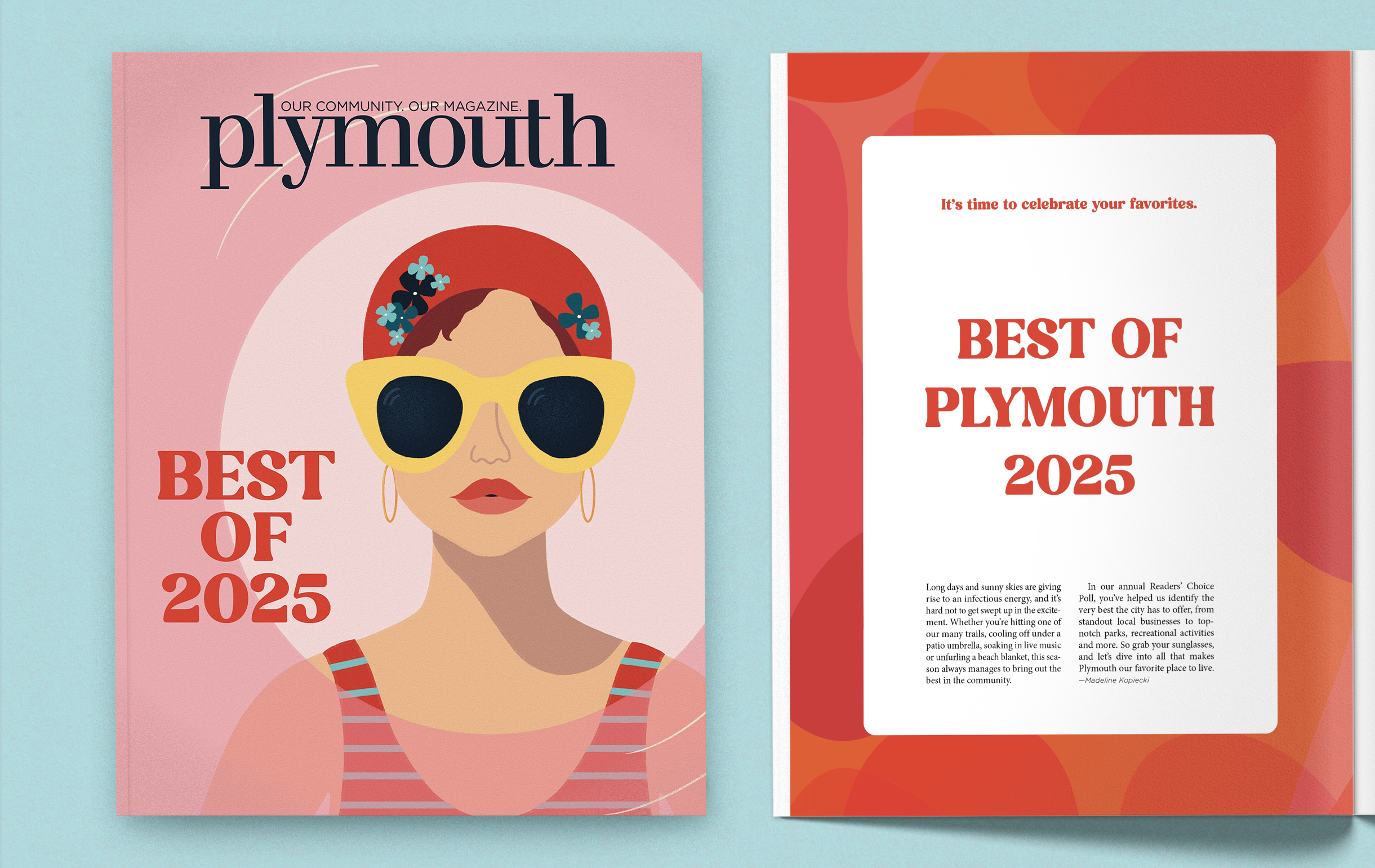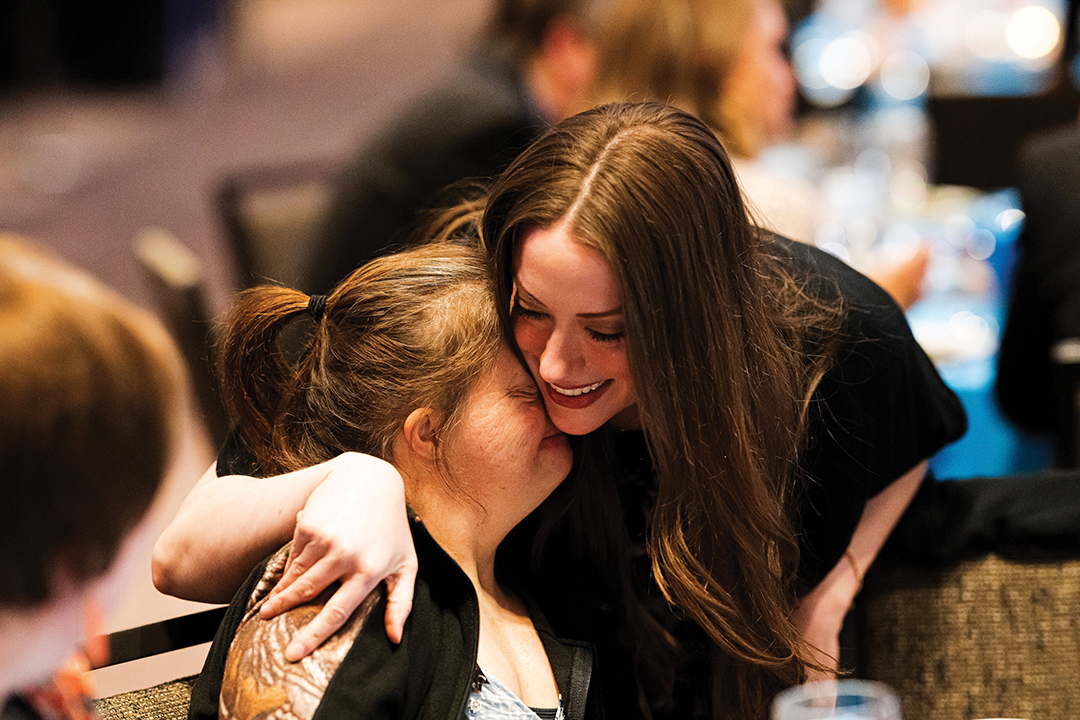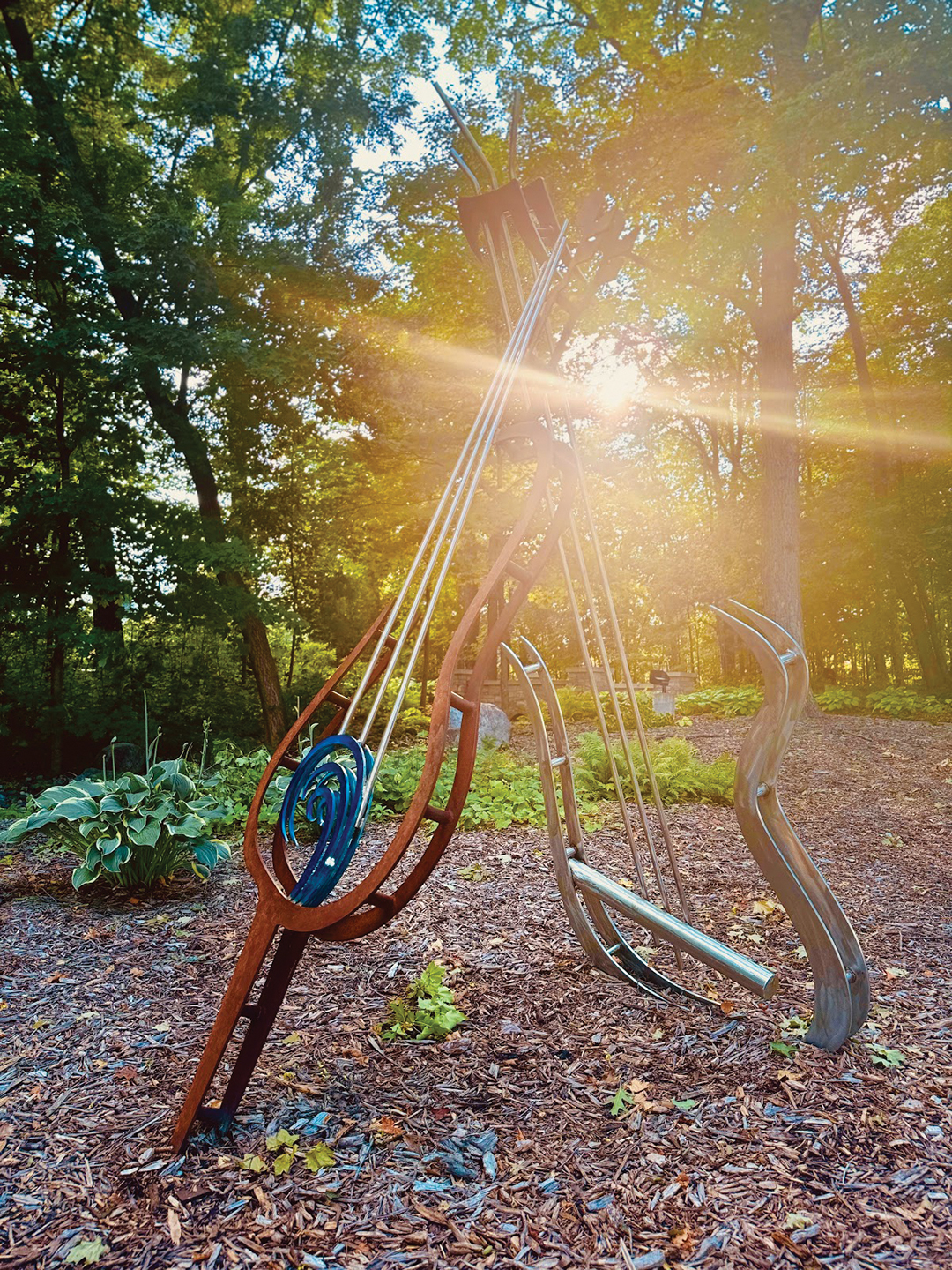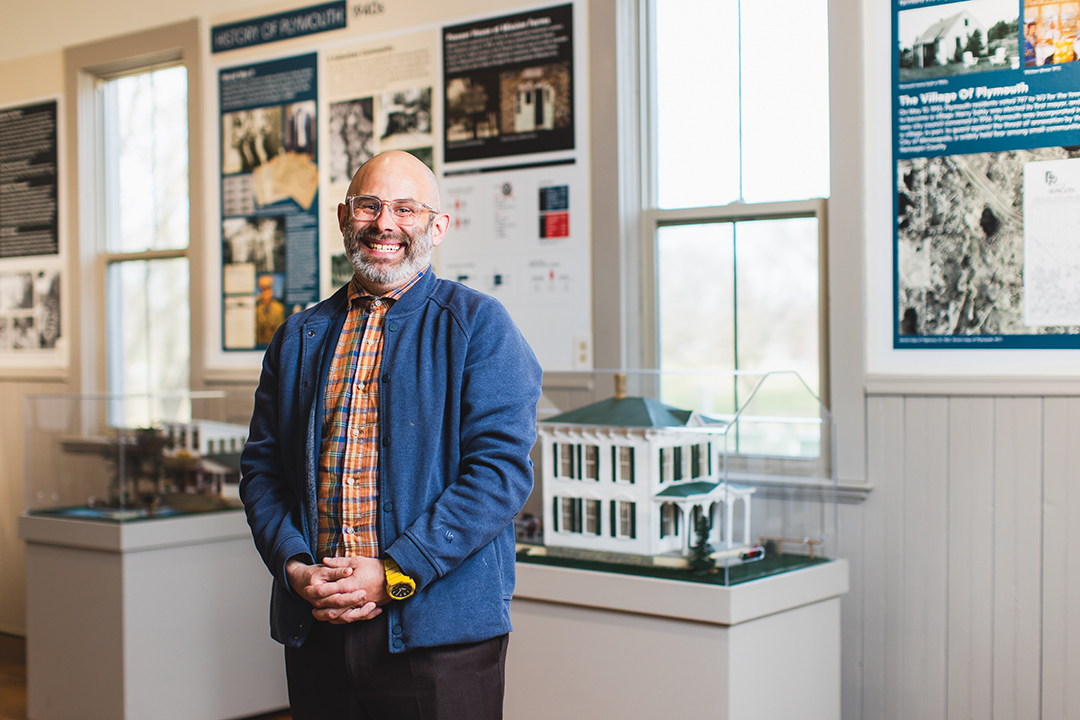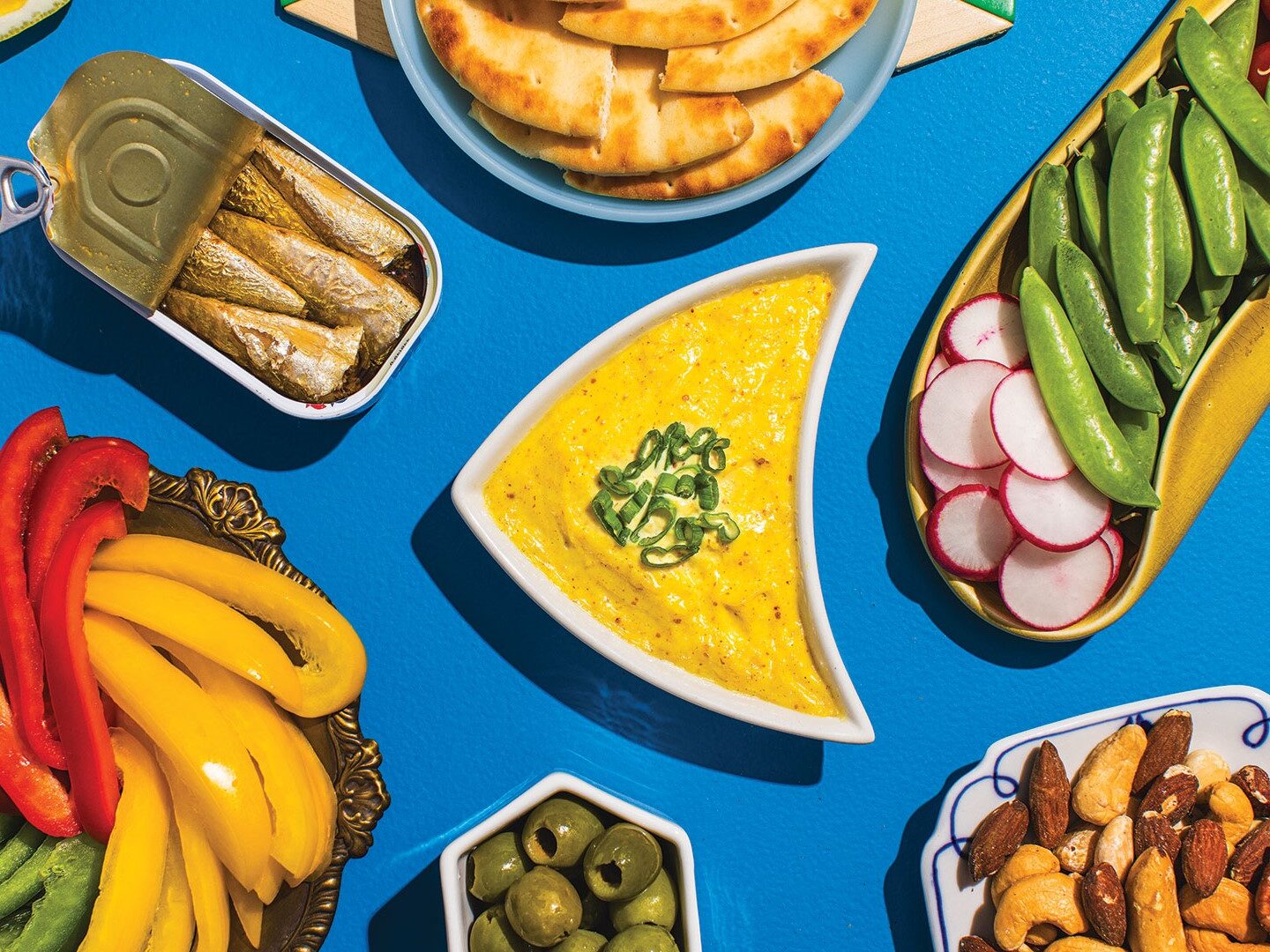
Photos: Chris Emeott; Art by Skip Sturtz and May Ling Kopecky
Artists use common threads to weave together art and friendship.
While their artistic journeys may look markedly different, Plymouth artists May Ling Kopecky and Skip Sturtz share some common threads that wonderfully weave their ways throughout their work and lives.
“I’ve been doing art my whole life,” Kopecky says. “I was painting since before I can remember. I started using acrylic paints when I was 5.” Similarly, Sturtz says he was drawing intricate illustrations from a young age. But where one artist decided to pursue art as her primary career, the other picked the practice back up once he retired from a corporate career.
“When I retired, it took me maybe six months to a year to figure out what I wanted to do, but I really wanted to get back to drawing because it’s always been a passion of mine,” Sturtz says. He started by drawing friends’ homes or cabins. “It started catching on, and I started developing my skills,” he says.
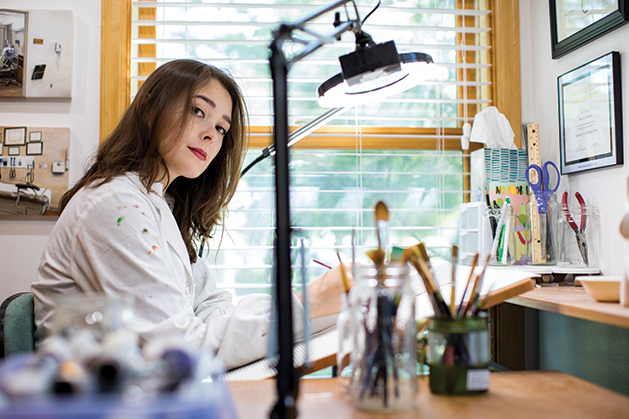
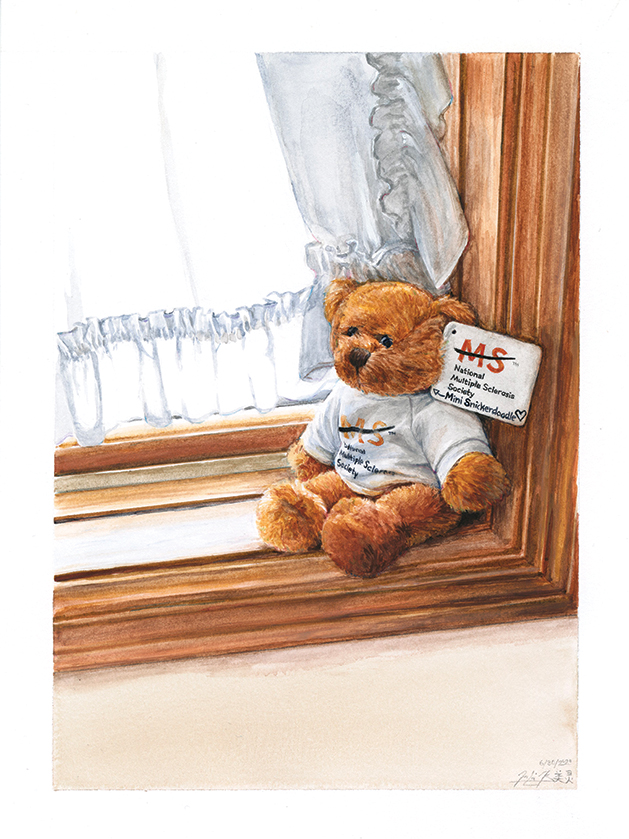
Word-of-mouth spread, and Sturtz started taking on commissions, as well as attending art exhibitions and shows in and around Plymouth. It was at one such show—the Plymouth Primavera Art Exhibition—that he first met Kopecky and her father.
“We became good art friends from there,” Sturtz says. “Her artwork is amazing, and I guess what maybe drew each of us to each other’s art is that we’re both very detailed oriented; we want it to be as visually realistic as possible. Obviously, she nails that in everything she does.”
Kopecky echoes this sentiment in her recollection of their first meeting. “I noticed that his work was extremely detailed, and I thought, ‘Oh, my gosh, I have found a friend. I’ve found a kindred spirit,’” she says. “I think a lot of people, they say this to me and him, ‘Why are you doing this to yourself? It takes so long, and it’s so meticulous.’ But both he and I really enjoy that sort of work.”
One place where the pair’s artistic paths diverge ended up drawing the two together for a collaborative piece. In 2019, Sturtz meet with a client to discuss the details of a home portrait (a bit outside his wheelhouse). As Sturtz prepared to leave the meeting, the client hit him with a creative curveball. “I was packing up, and she goes, ‘Make sure you include all my wildflowers in there, too, because it’s just beautiful around here in the spring and summer.’” Sturtz says. “And I kind of froze up and said, ‘I’m a black and white pen and ink artist, but I will definitely do that,’” he says.
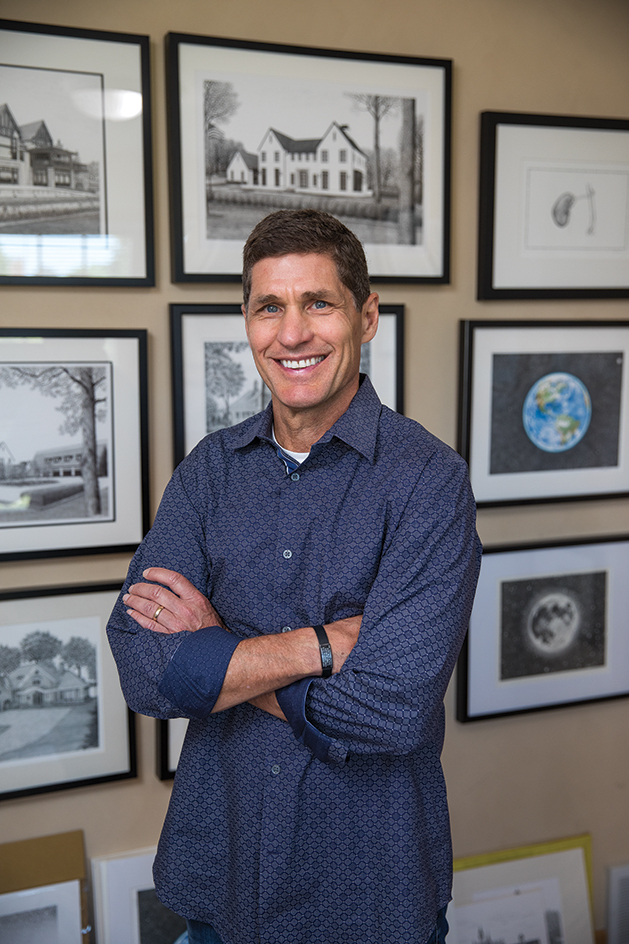
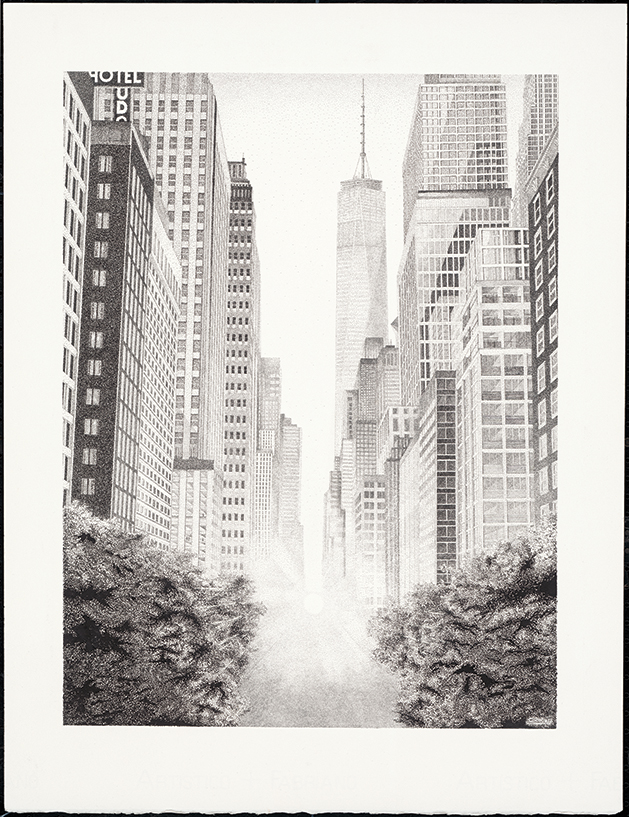
Sturtz, who works with a technical pen à la 1950s and 1960s architects, had only attempted working with color once. In 2015, he drew an image of the Earth in color, but the process turned out to be a tedious one. “The viscosity of [the colored ink] won’t flow through the pens as easily, so they would clog up,” Sturtz says, adding that he ended up finishing the image with a quill pen before returning to his preferred black and white style.
Because Kopecky paints very minute details, Sturtz thought it might be a good idea to invite her in on the project. “As a student, she was still going through the initial stages of becoming a full-time artist, so I thought maybe this would be a good thing for her resume, to collaborate with someone,” Sturtz says. He mentioned the opportunity to her at a juried members exhibition at the Hopkins Center for Arts, “And she took it from there,” he says.
May Ling Kopecky
Kopecky is pursuing her Master of Fine Arts degree at the Minneapolis College of Art and Design and is expected to graduate in 2022. While she’s been honing her artistic practice her entire life, she says she only recently started using art as a form of communication.
“After I was diagnosed with [multiple sclerosis (MS)] when I was 15, I had a very difficult time talking about it,” she says. Most people aren’t aware that MS can affect juveniles. “I faced a lot of skepticism, which inspired me to start making art about my experiences to try to spread awareness and also advocate for those with invisible illnesses,” she says.
Kopecky’s graduate school portfolio centers around three projects. Living with MS contains a series of hyper-realistic paintings, which Kopecky creates based on photographs from her time spent in medical facilities. Symptom is an emotive collection of drawings and paintings created during periods when Kopecky was experiencing MS symptoms. Lastly, Self-Portrait contains dark and detailed paintings of her MRI scans, which show the physical manifestation of MS. “The most valuable thing that has come out of these series are the connections that I’ve made,” Kopecky says.
Kopecky posts her work to Instagram, and she says many young MS patients have reached out to her to say that they identify with her work. “I had heard about how art can bring people together and make communities, but experiencing it firsthand was really great,” she says.
maylingkopecky.com
Instagram: @mayling.k
Skip Sturtz
In retirement, Sturtz revisited his passion for art and took it a step further, creating a second career out of drawing incredibly intricate house portraits. “My style is all self-taught and very old school,” he says. “I don’t use computers or anything like that; it’s all done by hand and measuring, T-squares and triangles.”
When he’s not drawing commissioned home portraits, Sturtz explores scenes of a more distant variety, with landscapes from the dizzying height of Mount Everest to the moons orbiting Jupiter. As with his home portraits, Sturtz renders these images in painstakingly detailed dots, a technique known as stippling.
“I definitely like the challenge,” Sturtz says. “With pen and ink, it’s all about textures. There is stippling, but then there are line textures. There’s crosshatching textures. There are many different ways you can draw a rock, for instance.”
Although he doesn’t plan to revisit working in color any time soon, Sturtz says he’s constantly looking to improve his technique. “I’ve always told people I have this desire to get as good as I possibly can at it,” he says.
In 2014, Sturtz began his journey toward becoming a kidney donor. Learn more about how his faith guided him to this decision and his reflections on the donation years later.
inc2ink.com
Instagram: @inc2ink_art_skip


